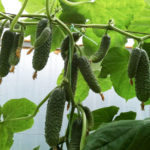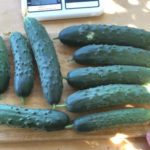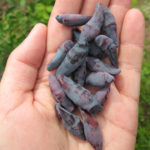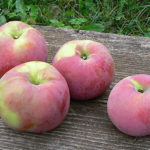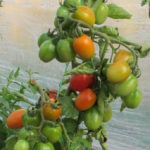Honeysuckle variety Slastena
It's amazing how quickly the popularity of honeysuckle has grown in recent decades! This berry ripens one of the first, especially since it bears fruit successfully in such northern regions where most berry crops simply do not stand up. The varietal richness of this northern berry is also growing; breeders are paying more and more attention to it. One of the new products in Russia is Slastena, honeysuckle, which we will now talk about.
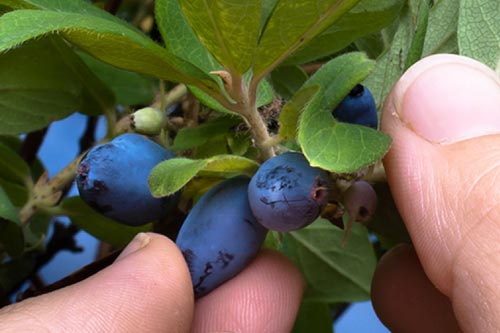
A bit of biography
Most of the varieties of this culture were created by specialists from Altai and Western Siberia. But our heroine is the brainchild of the Kamchatka Research Institute of Agriculture. The variety was filed for registration in 2004, and it appeared on the list of approved varieties in the State Register in 2013. Thus, this is perhaps the youngest honeysuckle in Russia.
Description of the plant
The bush is compressed, compact, refers to undersized. Shoots are strong, thick, but short, with a crimson tip. A light reddish color is visible almost along the entire length of the shoot, disappearing only at the very beginning. The foliage is dense, green, slightly pubescent, especially in the lower part of the leaf plate.
Sweetheart's real wealth is her berries! Their main characteristic lies in the very name of the variety. Indeed, experts and consumers often refer to them as the sweetest fruits of all honeysuckle.
Almost regular cylindrical, bluish in color, with a waxy coating, the berries are attached with a short brown-green stalk. They are characterized by a thick skin (a rarity for this plant species). The taste is not only sweet, but also pleasant, with a refreshing aroma. On a tasting scale, he scored five points out of five! The ripening time of the berries is average, early in the southern regions.
The variety is fruitful, more than 4 kg of fruit can be harvested from one bush. Before the appearance of this variety, the varieties of the Altai selection were considered to be champions in yield: it looks like they will have to make room for this honorable pedestal.
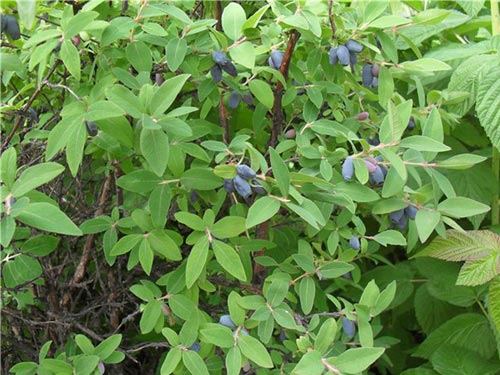
A special feature is that Sweetheart cannot self-pollinate, she needs pollinating neighbors. The best of them are recognized Violet and Amphora... Interestingly, at the same time, she herself will be an excellent pollinator for other varieties!
Features of cultivation and use
In addition to excellent consumer qualities, gardeners also note the unpretentiousness of the variety, its resistance to diseases, pests and "natural surprises". It was noted that even already blossoming flowers can withstand short-term frosts down to -8 °!
It is noteworthy that with such a high winter hardiness, this honeysuckle is able to grow in more southern regions, it tolerates dry air and a lack of moisture. Of course, in such conditions, its yield will be significantly reduced.
And even aphids with mealybugs - the eternal enemies of honeysuckles - rarely settle on the branches of Sweetheart. Isn't it true that Kamchatka breeders have created an excellent variety that can interest both individual summer residents and large farms!
Like most honeysuckles, this variety is eaten mostly fresh. Although they make, for example, wonderful jams that are not inferior in taste to currant ones. It is also customary to make compotes, jams and wines from berries.
For many regions of Russia, especially the Siberian and Ural regions, Slastena will turn out to be a real find, a storehouse of vitamins and a source of delicious berries!
